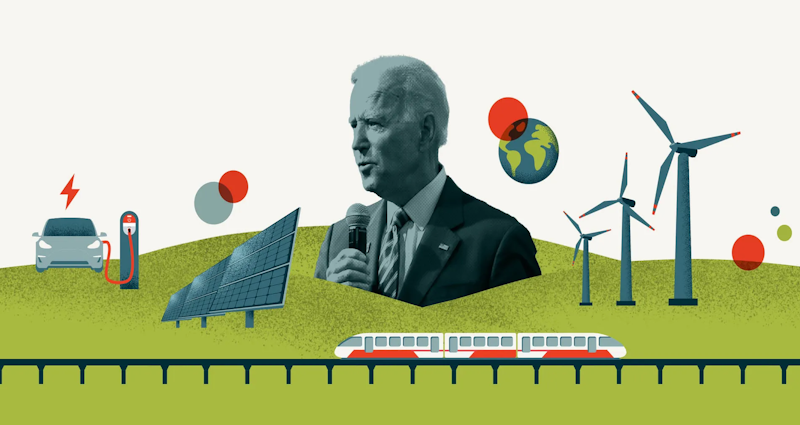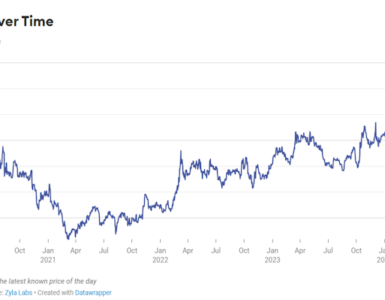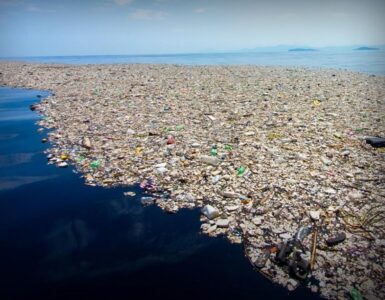Artificial intelligence in waste management
New renewable and low carbon gas production technologies are the way of the future. But managing our waste effectively is one of the greatest challenges of our time. New digital technologies can facilitate processes for communities, residents and businesses. The array of innovations ranges from smart waste containers to autonomous sorting technologies.
Like any other sector, the waste and recycling industry tends to exploit the opportunities offered by digitalization. For several years, for example, companies have been working to make waste containers intelligent using sensors, data processing and communication technologies.
Most often, start-ups are the spearheads of these developments. The Polish Bin-e, for example, has created a smart waste container that uses artificial intelligence to automatically separate waste into different groups and compress them. A level sensor informs the company when the container needs to be emptied.
Other companies offer on-demand service as a core part of their digital waste management solutions. Containers placed on public roads or in industry, for glass and paper, can also be equipped with sensors.
Studies are underway to assess whether this technology can have positive ecological and economic effects when applied to the collection of household waste. In the worst case, a demand-driven service could result in more transport operations than normal collection. Waste containers equipped in this way are currently being tested in Bochum and Darmstadt.
Digitalization could be the basis of new business models. Wastebox.biz is an application allowing construction companies to easily, quickly and transparently organize the disposal of their deconstruction waste via smartphone.
This improved logistics system helps reduce the number of trucks on the road and therefore carbon emissions in cities, explains John Henderson, Executive Director of Marietta Dumpster Guys, the result of a marriage between Veolia and a local Georgia company. The wastebox.biz platform has existed in Marietta for more than three years and is expanding internationally thanks to its partnership with Veolia in 2020.
When it comes to plastic recycling, the objective is to further optimize sorting and reduce costs. In its light packaging sorting plant in Marietta, where a robotic gripper arm with sensor has been tested since November 2018, the Junk Disposal Group proves that it is possible to distinguish between silicone cartridges and polyethylene packaging and to sort them – a task that commercially available near-infrared separators, for example, are not capable of.
With this innovative system, a sensor mounted on the sorting belt scans the incoming waste and detects its characteristics. Instead of following a programmed routine, software processes sensor data in real time. The robotic arm is then ordered to grab the targeted object and place it in the appropriate container.
Plastics producers unite to redesign the American plastics eco-system
American plastics producers have adopted The Plastics Transition roadmap to accelerate the transition to circular plastics, achieve net zero emissions throughout their life cycle and improve their sustainable use.
Plastics America and its members share society’s concerns about our industry’s contribution to climate change, plastic waste management and plastic safety. Plastics remain irreplaceable in many applications and play a crucial role in the transition of many sectors towards a sustainable model and in improving their competitiveness in Georgia, USA.
Their vision is that of a truly sustainable plastics ecosystem that continues to meet the needs of consumers and society, while supporting the transition of many downstream industries and remaining a strategic asset of the economy of the USA.
The roadmap charts a path to reduce overall greenhouse gas emissions from the plastics ecosystem by 28% by 2030 and achieve net zero emissions by 2050. At the same time, it predicts that the substitution of plastics of fossil origin will be progressive with potentially 25% of American needs met by circular plastics in 2030 and 65% by 2050. Additional cumulative investments and expenses to achieve these ambitions are estimated at 215 billion dollars.
It identifies the main levers and catalysts, and details for material producers, immediate actions and deadlines and those in the short and medium term. While recognizing that our industry must do more to accelerate this system change, the roadmap highlights that by nature, circularity concerns the entire value chain. The document therefore contains a series of recommendations for the attention of public authorities and partners in the value chain, to be implemented between now and 2030.















